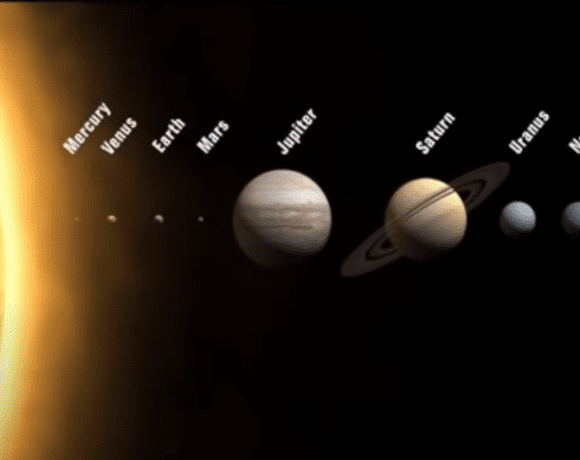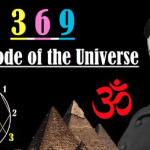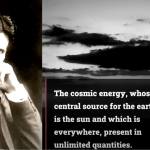Albert Einstein’s Special Theory of Relativity, proposed in 1905, has been a cornerstone of modern physics. It fundamentally altered our understanding of space and time, introducing concepts such as time dilation and length contraction. However, the theory’s inception and its implications have been the subject of intense debate and scrutiny.
Einstein’s theory was born out of an attempt to reconcile the results of the Michelson-Morley experiment, which failed to detect the Earth’s motion through the hypothetical “luminiferous ether”. This experiment was a significant challenge to the then-prevailing theories of physics. Einstein’s solution was to discard the ether concept and propose that the laws of physics, including the speed of light, are the same in all inertial frames of reference. This was a revolutionary idea that nullified the concept of absolute rest and absolute motion.
However, critics argue that Einstein’s theory was a mathematical sleight of hand, a way to reconcile the experimental evidence with the preconceived notion that the Earth moves around the Sun. They point out that every interferometer experiment from Michelson in 1881 to Joos in 1930 detected a fraction of the expected ether drift. This consistent detection of ether, they argue, should have been a sign that the ether existed and that the Earth was at rest in it.
Einstein’s response to this was to hire Robert Shankland to discredit these experiments, especially those performed by Dayton Miller between 1908 and 1921. However, the scientific community was more than willing to accept Einstein’s theories and reject any challenges to them. Einstein was seen as the one who made the Earth move around the Sun, saving mankind from admitting that popular science had misled the world for over 500 years.
Critics also point out that Einstein’s theory was not just a response to the Michelson-Morley experiment, but also an attempt to make Maxwell’s equations of electrodynamics relative. Maxwell’s experiments showed that the effect of an electric coil moving over a stationary magnet is different from a magnet moving over a stationary electric coil. These different reactions, critics argue, show that space and the reactions that occur in it are absolute, not relative.
Einstein’s solution was to use the same transform equations that he used to make it appear that the Earth was moving. This allowed him to make it appear that any effect of electricity on magnetism is the same as magnetism on electricity. However, without the transform equation, Maxwell’s findings are opposed to Einstein’s relativity theory.
In conclusion, Einstein’s Special Theory of Relativity has been a revolutionary theory that has shaped our understanding of the universe. However, its inception and implications have been the subject of intense debate and scrutiny. Critics argue that it was a mathematical trick to reconcile experimental evidence with preconceived notions about the Earth’s motion. Despite these criticisms, the theory has been widely accepted and has become a cornerstone of modern physics.





















